Synaptive 3D Scanner
A handheld tool meant to speed up patient registration prior to navigated surgery.
Patient registration is the process of aligning a patient’s anatomy in the physical world, in this case the head, with its MRI counterpart. This can be done in several ways, many of them are complicated and time-consuming. The scanner is used to make a 3D image of the patient’s face which software then automatically aligns to an MRI scan of the same face. This process is much faster and easier than the alternatives.
The scanner’s enclosure is injection-molded polycarbonate. Inside is a PCB assembly with visible light and infrared cameras, as well as an infrared structured light projector. The PCB assembly and its software was supplied by a third party.
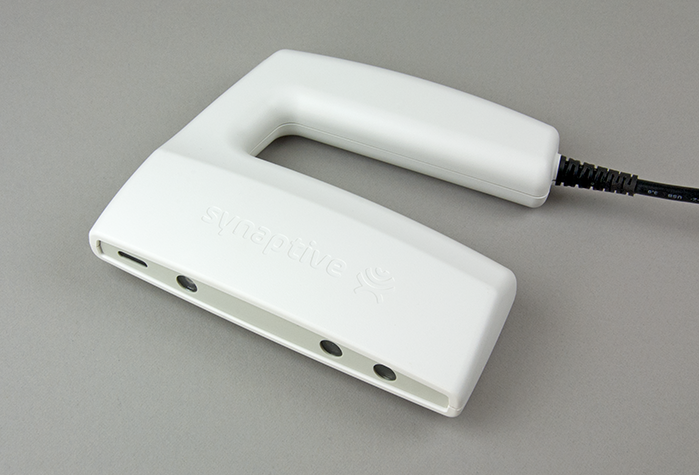
Handheld 3D Scanner
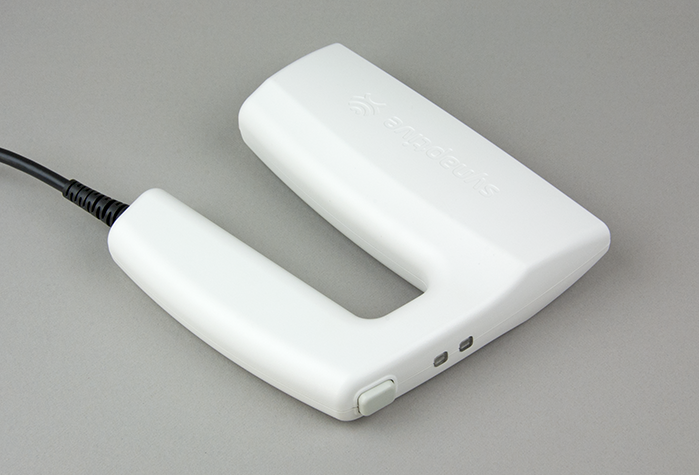
Handheld 3D Scanner
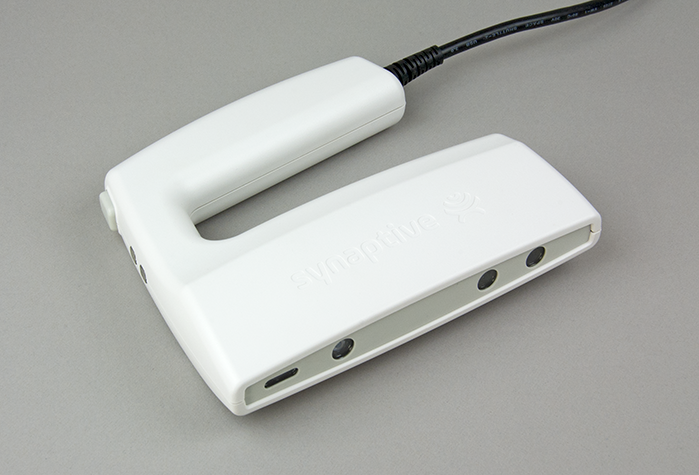
Handheld 3D Scanner

Handheld 3D Scanner

Handheld 3D Scanner
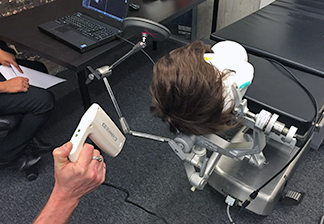
Scanner Usability Testing
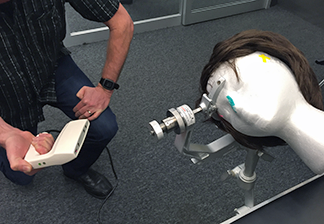
Scanner Usability Testing
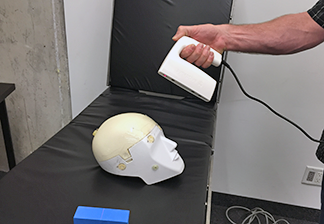
Scanner Usability Testing

Scanner Usability Testing
What is Navigation?
Navigation in a surgical context is a system of tracking a physical instrument in space and in a computer generated image at the same time. The computer image in Synaptive’s case is an MRI scan, which is three-dimensional. The physical instrument is represented in the image as a virtual instrument and movements of the two are synchronized. After a calibration step the virtual instrument moves in the exact same way as the physical instrument.
This can be achieved in several ways (active optical tracking and electromagnetic tracking, for example) but at Synaptive it was done with passive optical tracking. An array of three or four reflective spheres, attached to an instrument, is seen by a 3D tracking camera which translates movement in the physical world to corresponding movements in the computer image. This system makes it possible to register a patient’s MRI image to the patient. Once that’s done a surgeon can see and point to anatomy (using a tracked instrument) in the MRI image and the physical world at the same time. Structures visible in the MRI image are often hard to see in the physical world. Navigation gives a surgeon the ability to see inside the body in real-time.

